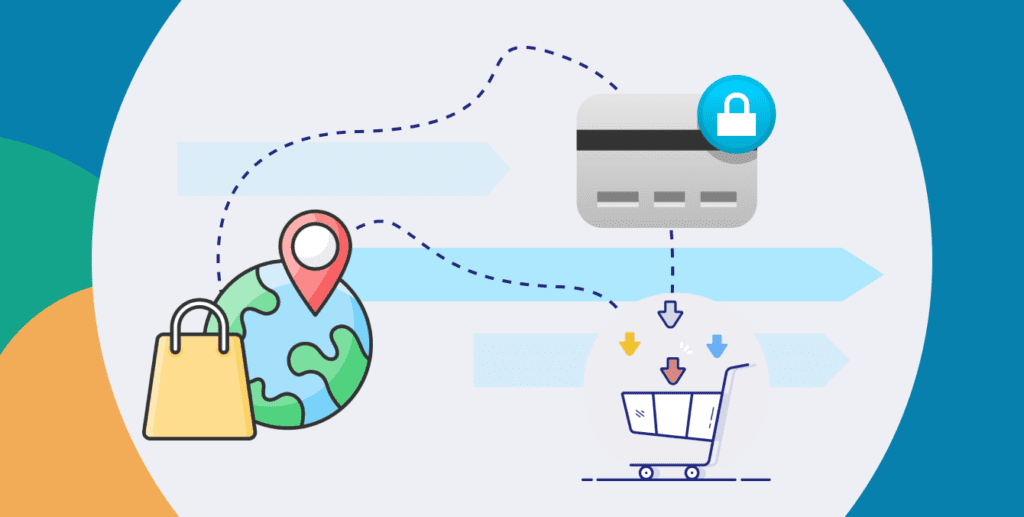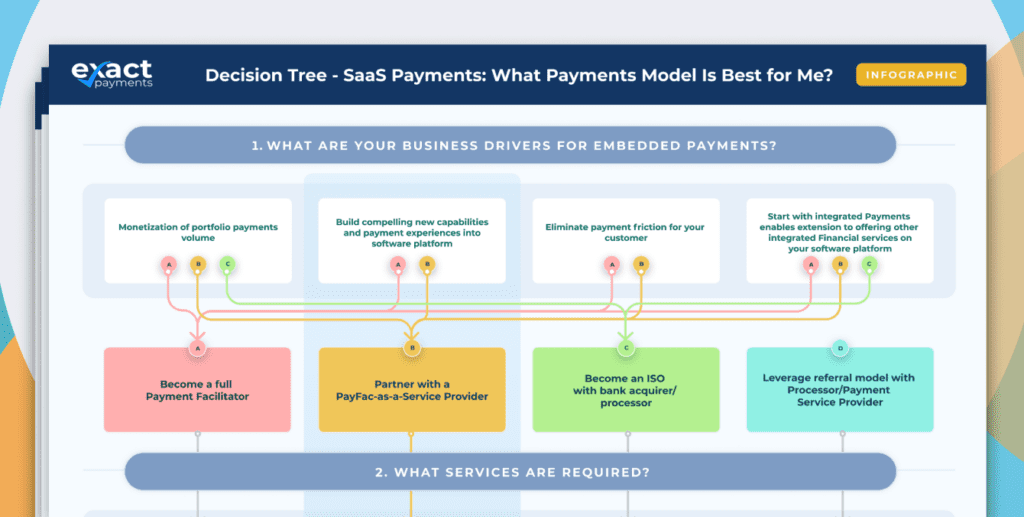What’s The Future Of Ecommerce?

Signs point to continued ecommerce growth, and merchants are refining their operations to accommodate online customer engagements long term.
Ecommerce boomed in 2020. Shopping online rather than in brick-and-mortar stores became a new pastime during pandemic stay-at-home orders. As a result, from January to April 2020, ecommerce rose to 27 percent of U.S. retail sales, eclipsing its 16 percent share the year before. It’s easy to look back and see how circumstances impacted consumer behaviors and online payment adoption, but is it possible to predict the future of ecommerce as the pandemic continues or whether it will continue to grow when it eventually subsides?
Signs of Things to Come
Several trends are indicating that ecommerce has staked a permanent claim on retail sales:
1. Foot traffic increased, but ecommerce didn’t decline.
When physical stores and restaurants reopened, the question was whether ecommerce would fall back to pre-pandemic levels. It hasn’t. Moreover, Emarketer predicts that ecommerce will grow an additional 13.7 percent in 2021 to reach $908 billion.
Continued growth suggests that consumers have discovered – and want to continue taking advantage of – online ordering, home delivery, and pickup in-store or curbside. These options always offered convenience; however, the pandemic drove more people to discover them. And now that they have, they are continuing to use them.
2. Merchants shift their focus from surviving now to making it work in the future.
Brick-and-mortar merchants, especially small and medium-sized businesses (SMBs), looked for the quickest and easiest way to continue to engage their customers online. Also, even though many enterprises had ecommerce capabilities, they faced enormous challenges when the volume of online purchases skyrocketed almost overnight. All merchants had to act quickly to stay in business.
About a year into the pandemic, however, businesses began to see that ecommerce was more than a pandemic era fad, and their customers plan to continue omnichannel engagements in the future. Subsequently, their focus is shifting from surviving early pandemic shutdowns to meeting customer expectations in the coming months and years.
3. Operational efficiency shoots to the top of the priority list.
Brick-and-mortar merchants also quickly learned that ecommerce fulfillment can be more costly than selling at a store. . Although, ecommerce-only businesses have often used drop shipping as a cost-effective option, shipping from a store, the labor to pick and pack orders, overhead costs for warehouse space, and last-mile delivery can all diminish profits compared to models in which customers select their own items from the shelf and carry them home. To preserve margin, merchants must ensure that every facet of ecommerce operations is optimized for cost-effectiveness and efficiency.
Furthermore, even though adding an ecommerce channel can add supply chain and operational complexity for brick-and-mortar merchants, consumers still expect the same level of accuracy, promptness, and personalized service as when they engage with other ways.
The Future of ecommerce Demands a Robust Payments Platform
An essential element in delivering the ecommerce experiences that customers want is quick, easy, secure payment. Consumers expect to use their preferred payment methods securely and easily. Some features a payment solution merchants need to enhance ecommerce experiences include:
- Tokenization
Replacing account data with random characters — “tokens”— keeps the merchant’s system out of PCI scope and enhances payment data security. Basically, when there are no card numbers in the system, there’s nothing of value for hackers to steal or for employees to disclose accidentally. Also, when it comes to enhancing customer experiences, tokenization allows merchants to remember returning ecommerce customers, so they don’t need to re-enter data for subsequent purchases or even take advantage of one-click ordering.
- Authentication and fraud management
Online payment data security is essential for both consumers and merchants. A payment gateway that’s most valuable for ecommerce merchants equips them with tools, such as card verification (CVV) and address verification service (AVS). Secure gateways also use EMV® 3-D Secure, which enables cardholders to authenticate their identities when making card-not-present payments — and shifts liability for fraudulent charges from the merchant to the card issuer. In addition, a secure solution will use fraud prevention protocols, including velocity controls, block lists, and filters.
- Recurring payments
Some merchants have increased revenues by offering subscriptions for consumables or curated boxes of items customers receive regularly. A payments platform that supports recurring payments makes life easier for the back-office. It eliminates the need to send monthly invoices for subscriptions and hold shipments until accounts are up to date. Businesses receive payments automatically, and the process of fulfilling orders takes place without interruption.
- Level 2 and 3 data for commercial payments
Consumers aren’t the only part of a merchant’s customer list that’s discovered the convenience of online payments — B2B payments are also increasingly completed online. A leading payments gateway that gives merchants the ability to provide Level 2 and 3 data for commercial payments will help control processing fees for these transactions.
The Software Developer’s Role
To stay competitive, your users need the capabilities that your applications deliver — but they also need a full-commerce payments platform. Integrating your software applications with a feature-rich, flexible payment solution will increase the value you provide to your users. You’ll help them address rapidly changing consumer behaviors and preferences and meet their demands for fast, efficient service and payment options.
Ensure that you address the challenges your users face by providing payment functionality integrated with your software and payments flexibility and security they need to succeed now and in the future of ecommerce and omnichannel retail.



